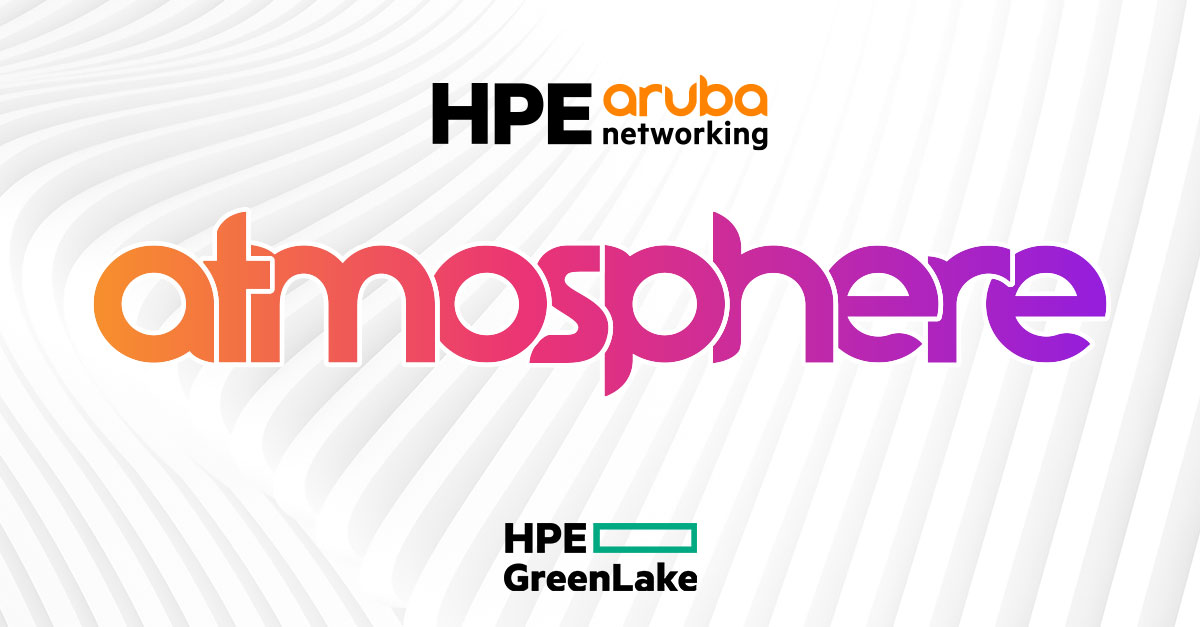You may have heard recently on the Gestalt IT Rundown that Tech Field Day presenter Arrcus has a new CEO. Shekar Ayyar came over from VMware to lead the networking company into the next phase of their development. The growth of Arrcus has been quite impressive. The idea of building a network operating system to take advantage of modern development methods and reduce the amount of clutter in the software is something that everyone can appreciate. The world is starting to change around Arrcus and I had a chance to talk to Ayyar about where he sees things going and how Arrcus can help.
Apps Are King In Mobile
The pandemic has taught us that mobile workers aren’t just a fad or a luxury. As we see more and more people starting to do their daily jobs from a home office or a coffee shop the need for more connectivity is key. Providers like AT&T and T-Mobile have known about this shift for the past few years. That’s why they’ve been so intent of migrating their infrastructure away from legacy landline networks and instead focusing on modern mobile networks. The advent of 5G just solidifies their thinking that the world is now a mobile place.

Mobile work isn’t focused on our traditional thoughts of the way knowledge workers operate. Gone are the days of command line interfaces and mainframe computer analogies that have driven development. Instead, the applications that our users are leveraging are the new atomic unit of work. We don’t look at the delivery system as critically as we have in the past. What laptop or device you’re using to consume the application is now practically an afterthought. Instead, the application the user wants to leverage becomes the only interface they’re concerned with using.
That doesn’t mean that considerations about the way applications are delivered are no longer relevant. If you want proof of that try to convince your workers to work on a 3-year-old iPhone or a laptop from 2015. The chances are they’ll laugh at you and pull out their own device to do work. The components of the experience matter even when they aren’t visible. This shouldn’t come as a huge surprise to those that have been experiencing digital transformation efforts to shift more and more workloads to the cloud.
Business-focused apps are now relying more and more on the underlying infrastructure to make them work for the users. Instead of just assuming a given state and working within those boundaries applications are instead looking to dictate what needs they have to the network to ensure low latency or assured service. When your users spend most of their time in Microsoft Office or Teams every day to do their work they need to know the applications aren’t going to have problems that will prohibit them from getting things done. And with those teams being distributed around the world you can’t even be sure that you could fix those issues if they arose.
Arrcus Connected Edge
![]()
Arrcus has stepped in to offer a solution to allow applications to receive the programmability they desire with networks that are racing to become more modernized. Arrcus Connected Edge (ACE) is a new way to refer to all of the technology that has been present in the product for the past few years in a way that resonates more with decision makers. Rather than throwing a ton of technical terms at stakeholders and hoping that they just “get it”, Arrcus has instead placed all their advances under the ACE banner to highlight that modern networking is about more than just moving packets.
At the lowest layer, Arrcus is still going to be moving packets around the network as quickly as possible. They leverage the latest chipsets from Broadcom to deliver an experience that allows for easy of use and great performance. You can see all this in video recorded earlier this year at Networking Field Day.
Where Arrcus shines is moving up to the next layer. Having fast connectivity means little if you’re not trying to help optimize the connectivity that people are leveraging. As more and more companies use a multi-cloud strategy or send more and more data into the cloud you need to ensure the solution that you’re using can optimize that traffic. Arrcus has spent a lot of time building out this layer to ensure that users can connect to any cloud they want in any way they please. Using an enterprise office network? They have you covered. Mobile users on 5G? Arrcus has built out support for the latest 5G advances to help providers ensure packets get to their destination quickly. It’s what you would expect to see as the world moves to a future where the computers fit in your pocket and don’t need Ethernet cables.
The top layer is one that has a lot of potential in my mind. In my discussions with Ayyar, he mentioned that ACE not only works with existing Arrcus technology but that they have have created an ecosystem that will allow partners to leverage the services they offer to build a value proposition around it. More importantly, the API and automation capabilities allow for integration of business rule logic and translation into technical capabilities. When business stakeholders want to ensure that rules and policies are being implemented in the network they can just look at the ACE platform and see that logic being translated as they wish. And since ACE can do this on other platforms as well you don’t have to worry about an incomplete deployment or potential exposure in corner cases.
Bringing It All Together
Seeing Shekar Ayyar pop up at Arrcus tells me that they’re looking at the future of the way people do work. He was instrumental in the 5G practice at VMware before his departure so he understands the territory. Seeing how he’s helping Arrcus refine their vision and explain it in a digestible format for the key decision makers in their potential customers means he knows what they need to hear. In short, Arrcus works with your network, your cloud provider, and your developers to build an infrastructure that is easy to program and provides valuable benefits and insight into application performance. Workers will be able to get things done wherever they are and you can ensure you’re meeting the regulations and guidelines you’ve implemented through business logic. Arrcus has a vision for the future of applications and I think it’s going to pay off handsomely.
For more information about Arrcus and the Arrcus Connected Edge, make sure you check out their website at http://Arrcus.com




